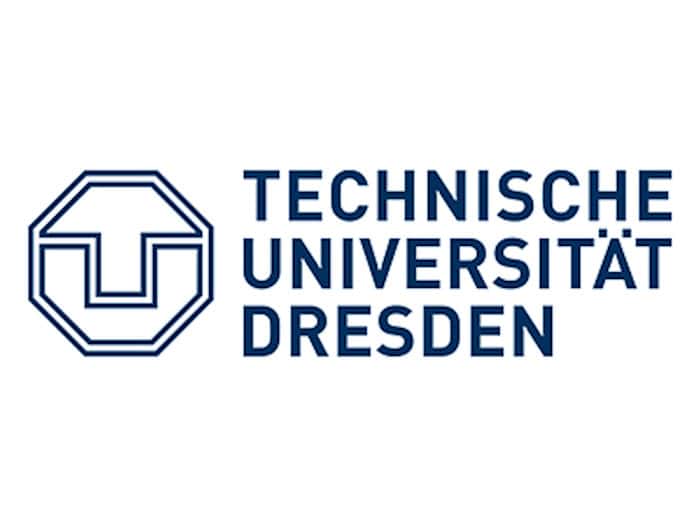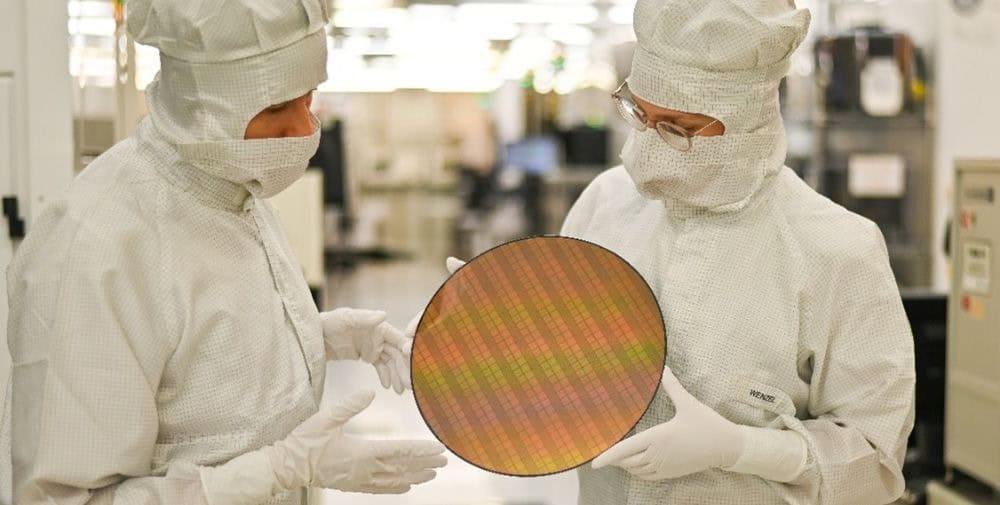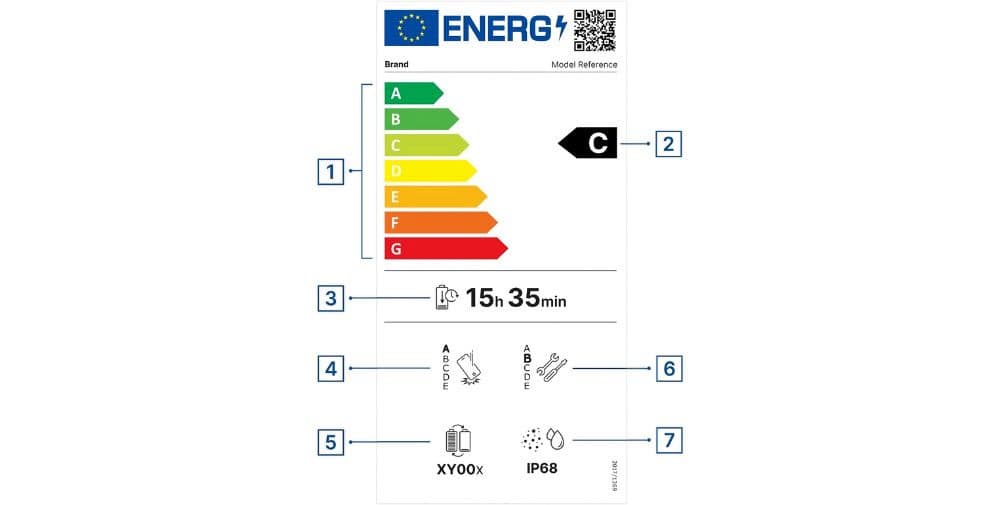
The study examined various value creation effects. These include regional demand effects through expenditure and investments by TUD and the demand of its students and employees, regional supply effects through research, teaching and knowledge transfer – including patents as well as regional network and transfer effects through the unique scientific ecosystem in the DRESDEN-concept alliance and the technology companies (“Silicon Saxony”).
One billion euros in gross value added and 16,000 secure jobs
“Every euro invested in our university by the Free State of Saxony returns 2.06 euros to the state, more than doubling its economic output,” emphasizes Prof. Ursula Staudinger, Rector of TU Dresden. “TUD thus makes an important contribution to prosperity in Saxony and assumes social responsibility.”
Expenditure and demand from TUD students and employees generate around one billion euros in gross value added in Saxony, securing around 16,000 jobs in Saxony, around 14,000 of which are in the Dresden region. In addition, the TUD makes a significant contribution to securing skilled workers through the education of currently around 29,000 students.
In addition, with its diverse range of courses and research-oriented teaching, the TUD succeeds in attracting a particularly large number of young people from the region to study and thus keeping them in the region. The university has proven to be the most attractive, especially for prospective students who have acquired their university entrance qualification between 50 and 100 kilometers away from Dresden. “No other university in Germany succeeds in attracting more students from their immediate surroundings,” says Prof. Staudinger, “we are also making an important contribution to preventing emigration.”
Attractive range of courses keeps young people in the region and provides skilled workers
“The provision of highly qualified skilled workers creates growth effects that lead to a gross domestic product in Saxony that is around 1.5 billion euros higher,” explains Professor of Economics Andreas Pinkwart, Director of the TUD|Excellence Center for Innovation, Transfer and Entrepreneurship (TUD|excite), another key result of the study. This includes the human capital effect of almost one billion euros generated by skilled workers trained at TUD in Saxony.
Strong innovation through patents and spin-offs
In addition, the effects of TUD-initiated innovations for the Saxon economy amount to around 500 million euros. “Between 2000 and 2022, a total of 1,683 patents were registered – more than at any other university in Germany – and 301 companies were founded,” notes Prof. Pinkwart. “92 percent are based in Dresden and contribute to value creation.”
According to the current DFG Funding Atlas (2021), TUD is one of the most successful universities in Germany in terms of attracting third-party funding and has improved from 35th place to 5th place since the publication of the first Funding Atlas in 1997 to the publication of the current Funding Atlas 2021. With over 8,000 employees, TUD is also the largest employer in Dresden and attracts highly qualified workers from all over the world.
In terms of research funding awarded competitively at EU and federal level, Dresden is the third largest research location in Germany after Berlin and Munich. The science location is characterized by a unique scientific environment with around 24,000 employees in the DRESDEN-concept Alliance and thus has the highest density of scientific personnel in Germany in terms of population.
Structural change in Lusatia through cutting-edge research at TUD
TUD is also helping to shape structural change in Lusatia through cutting-edge research projects and is taking responsibility for the positive development of the region. This includes three projects in particular as part of the TUD | Campus Lausitz: project sponsorship for the German Center for Astrophysics (DZA), significant participation in the establishment of the “CircEcon” research center in the Schwarze Pumpe Industrial Park (together with the TU Bergakademie Freiberg and the TU Chemnitz) and the implementation of the large-scale research project “Smart Mobility Lab” in Hoyerswerda.
– – – – – –
Further links
👉 www.tu-dresden.de
Graphic: TUD | Ulrich Puhlfürst




